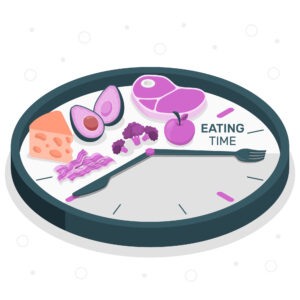The Ultimate Weight Loss Review: A Comprehensive Guide to Shedding Pounds Effectively
Understanding Weight Loss: The Basics

The Role of Diet in Weight Loss
Popular Diets Reviewed
- Ketogenic Diet: High in fats and low in carbs, the ketogenic diet forces the body to burn fat for energy instead of carbohydrates. While effective for some, it can be difficult to maintain long-term.

- Paleo Diet: Inspired by the eating habits of our ancestors, the paleo diet focuses on whole foods like meat, fish, vegetables, and fruits while eliminating processed foods. It’s beneficial for those looking to cut out refined sugars and unhealthy fats.

- Intermittent Fasting: This eating pattern alternates between periods of fasting and eating. It’s not so much about what you eat, but when you eat. Intermittent fasting can help control calorie intake and improve metabolism.

- Vegan Diet: Excluding all animal products, the vegan diet is rich in fruits, vegetables, legumes, and grains. It’s heart-healthy and can lead to weight loss, but requires careful planning to ensure nutritional needs are met.

Exercise: Moving Your Way to Weight Loss
While diet is critical, exercise is the other half of the weight loss equation. Regular physical activity not only helps burn calories but also boosts metabolism, builds muscle, and improves overall health. The key is to find a workout routine that you enjoy and can stick with over time.

Types of Exercise for Weight Loss
- Cardio Workouts: Activities like running, cycling, and swimming are great for burning calories and improving cardiovascular health. Aim for at least 150 minutes of moderate-intensity cardio per week.
- Strength Training: Lifting weights or doing bodyweight exercises like push-ups and squats helps build muscle, which can increase your resting metabolic rate. This means you burn more calories even when you’re not working out.
- High-Intensity Interval Training (HIIT): HIIT involves short bursts of intense activity followed by periods of rest. It’s a time-efficient way to burn a lot of calories and improve cardiovascular fitness.
- Flexibility and Balance Exercises: Yoga and Pilates may not burn as many calories as cardio or strength training, but they improve flexibility, balance, and core strength, which are important for overall fitness and injury prevention.
The Importance of Sleep in Weight Loss
Managing Stress for Better Weight Loss Outcomes
The Role of Hydration in Weight Loss
The Psychological Aspect of Weight Loss
Common Weight Loss Myths Debunked
There are many misconceptions about weight loss that can lead to frustration and failure. Let’s clear up some of the most common myths:
Myth 1: Carbs are the enemy – Not all carbs are bad. Whole grains, fruits, and vegetables are healthy sources of carbohydrates that provide essential nutrients and energy.
Myth 2: You can target fat loss – Spot reduction is a myth. You can’t choose where you lose fat. Weight loss occurs throughout the body, and genetics largely determine where fat loss is most noticeable.
Myth 3: More exercise means more weight loss – While exercise is important, more isn’t always better. Over training can lead to burnout and injury. Balance exercise with proper rest and
